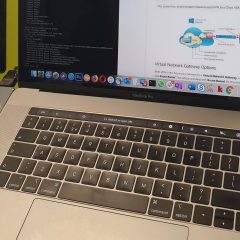Windows – Setting Domain Time
Domain Time KB ID 0000112 Problem If you have arrived here, you have either noticed that the time is wrong on your server(s) or client PC(s), or you have looked in the event viewer and seen one of the following events being logged. Event ID’s 12, 22, 29, 36, 38, 47, and 50. Time Problem Events – On the PDC Emulator Event ID 12 (W32 Time Time Provider NtpClient: This machine is configured to use {text omitted}, but it is...
Dropbox – Windows, Linux, Apple and Dropbox Portable (USB) Installation
KB ID 0000409 Problem You would like to sync your files/folders between more than one machine? Dropbox, is a service that lets you keep files in “The Cloud” and synchronise them across multiple machines and platforms. It’s one of those things that once you start to use it you wonder what you did before you had it. Simply put it’s like having a USB drive that you don’t need to carry around with you, and...
Getting iTunes to Sync to Your Music Folder
KB ID 0000652 Problem Lovers of iTunes will say, just put your new music in the “Automatically Add to iTunes” folder, Automatically Add to iTunesFolder Location MAC OSX Music iTunes iTunes Media Automatically Add to iTunes Windows: C:Users{user name}MusiciTunesiTunes MediaAutomatically Add to iTunes Well that’s great, but I like to keep my music organised by artist alphabetically. I also like to organise things...



